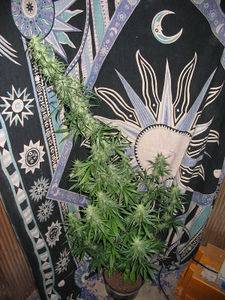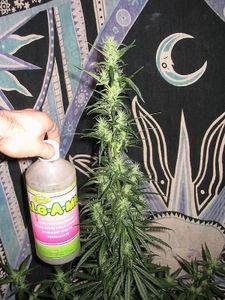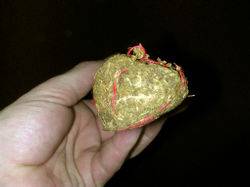is not I think reason enough to exclude the possibility that drug cannabis arrived in Thailand from Southern China ..
yup, But rather than originating from straight Han influence (invasion of Yunnan pushing people down south), what about it being rather introduced (in the northern hills) through contact between the numerous Sino-tibetan tribes which are present from the hills of Arunachal Pradesh to those of Vietnam.
personally though, ignoring the Han, I would not want to dismiss the possibility that drug cannabis lines were being selected for in China ... given that Southern China contains many non-Han ethnic groups who are known for cultivating drug cannabis ... many of these are the same ethically Thai groups we have been discussing ... the Hmong, the Yao, the Lisu etc. etc.
Definitely, but I find it unaccurate to talk about China in this case and better to take Yunnan and Sichuan as cultural entities apart from China. But that's a personnal point of view, considering that when I read "China", I read "Han".
"Ma" - means "hemp" - "Da" means big
"Ma" means fiber (Da Ma, for "great fiber", but it eventually turned to meaning the hemp plant)
as I expect people here now, the Hmong are known to have been involved in a large way with the Americans in producing herb and opium as part of the anti-communist struggle in SE Asia ... a legacy of this decision is their contiuning trouble with the Laos PDR government ... I believe there are still very large refugee communities within Thailand, who are gradually being resettled in the US ...
Famous "Air America". Actually it's the French services which started first to "work" with Hmong and making them producing more opium for heroin factories. That was during Indochina war. But when we left, we also let the people who helped us in total shit. French services then provided contacts and tricks to CIA to make their own business during Vietnam war.
I'm sorry mriko I reread this and there is no mention of cannabinoids. It just mentions the use of bovine bone chillums for smoking plant material. Here it is from a chapter "mushrooms and evolution" by dennis meckenna. But it is evidence of chillum use while tobacco was still strictly a new world plant so it's still interesting.
thanks for the precision Zamalito, now I understand the purported link to Hinduism. Did some search on the net, but until now, only references I could find were from McKenna.
But I have to admit I find it hard to conceive some sadhu would use Nandi Bones for smoking (or maybe a specific Sadhu school, such as Aghori, but those would probably rather use human bones hahah !). Maybe Naga Sadhu could tell us ?
Hey, while searchingfor info about it, I found ou this COMPLETE version of McKenna's Food of the Gods , here's the link for those interested.
Irie !








